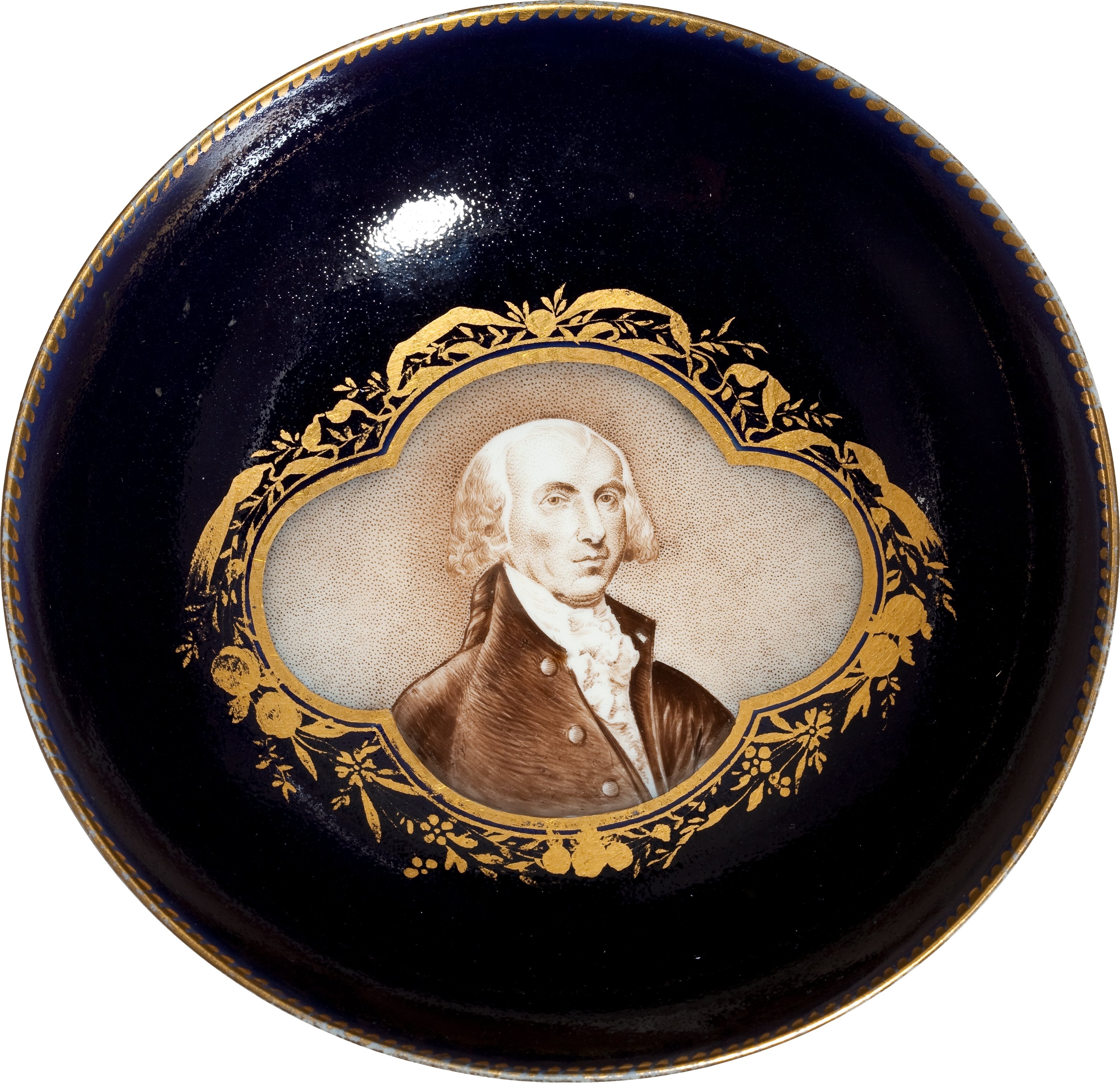
By Jim O’Neal
Three days after the fall of Washington in the War of 1812, James and Dolley Madison returned in the wake of the British departure. They visited the ruins of the capital and White House, which sunk them into melancholy.
That the president of the United States had been burned out of his house mortified America, and the symbolic impact transcended the sad reality. Madison was accused of cowardice because he had fled, and the press claimed Dolley could have saved more than she did … a lot more. A Washington newspaper even stated angrily that a positive result of burning the White House was that it ended her queenly entertaining.
These difficult times came to a sudden, happy ending with the news of the Battle of New Orleans and the return of the American delegation from Ghent with a peace treaty. The president jubilantly proclaimed the war was at an end. While the glory of the hour went to General Andrew Jackson, both the president and first lady recovered their legacies and good names.
The White House had been burned to a shell, but it was the neatest of fires as the refuse had fallen precisely within the stone walls and no debris was scattered on the grounds. Crews dug for salvage in the deep bed of ashes and rubble that filled the basement, however not much was worth saving. The refuse was simply thrown into a nearby gully and attention turned to rebuilding (an important distinction).
A bill for rebuilding was rammed through Congress in two days to make sure Washington, D.C., remained the capital – and not some more-centralized area beyond the mountains, like Cincinnati, as some had proposed. Any “Phoenix” would rise from these ashes. As President Madison carefully pointed out, “the bill specifically stated ‘rebuilding’ not relocation.”
Considering that it took nearly 10 years to build the first WH, reconstruction moved along quickly, but not fast enough for the man who occupied the unfinished White House in October 1817.
A tall, blush-faced Virginian who looked all of his 58 years, James Monroe was the last luminary of the Revolutionary generation to occupy the presidency. Like George Washington, he had fought in the War of Independence and had been wounded at Trenton. Years later, he served as a delegate in negotiations with France for the Louisiana Purchase. During the Madison administration, he had been Secretary of State and Secretary of War, always with an eye on the presidency.
When he finally reached his goal, he knew exactly what he wanted to accomplish. Refusing to act as head of his party, he instead insisted that the war had united all Americans into one and that political parties were no longer needed! He proceeded to usher in “The Era of Good Feelings.”
We miss him.
 Intelligent Collector blogger JIM O’NEAL is an avid collector and history buff. He is President and CEO of Frito-Lay International [retired] and earlier served as Chairman and CEO of PepsiCo Restaurants International [KFC Pizza Hut and Taco Bell].
Intelligent Collector blogger JIM O’NEAL is an avid collector and history buff. He is President and CEO of Frito-Lay International [retired] and earlier served as Chairman and CEO of PepsiCo Restaurants International [KFC Pizza Hut and Taco Bell].
